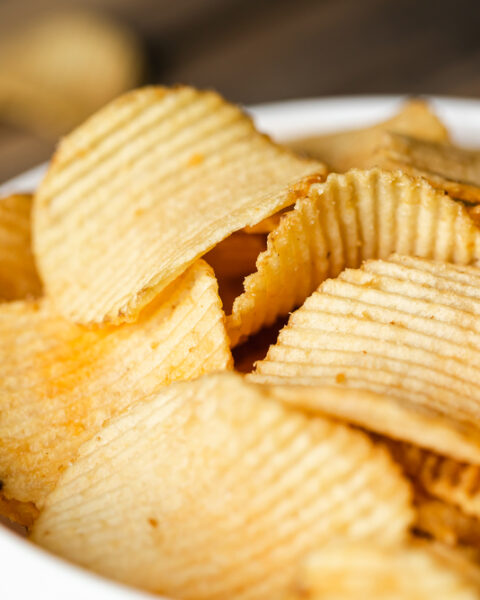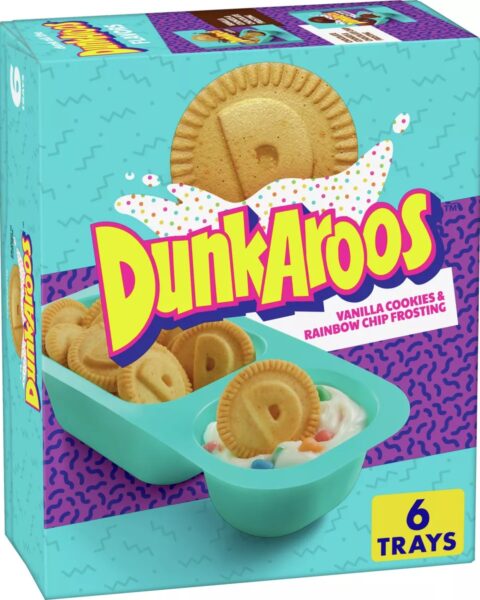Ancient grains have been a staple in human diets for thousands of years, providing essential nutrients long before modern agriculture introduced processed grains. In recent years, these time-honored grains are making a strong comeback as people seek healthier, more natural alternatives to highly processed options. With their rich nutrient profiles, unique flavors, and versatility in cooking, these ancient grains provide a wholesome, satisfying choice for modern-day kitchens.
Contents
Amaranth
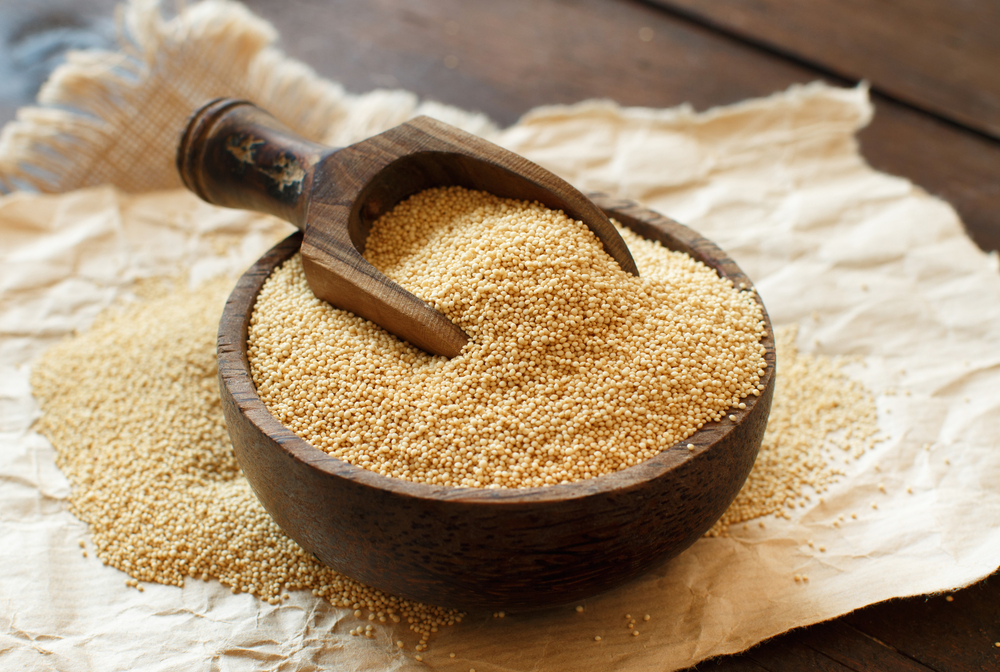
Amaranth is an ancient grain that was a staple for the Aztecs and has seen a resurgence due to its impressive nutritional profile. It’s rich in protein, fiber, and essential amino acids, making it a great plant-based protein source. Amaranth is also packed with minerals like calcium, iron, and magnesium. Its naturally gluten-free nature has made it popular among people with gluten sensitivities. Whether used in soups, porridge, or baked goods, amaranth is a versatile and healthy addition to modern diets.
Quinoa
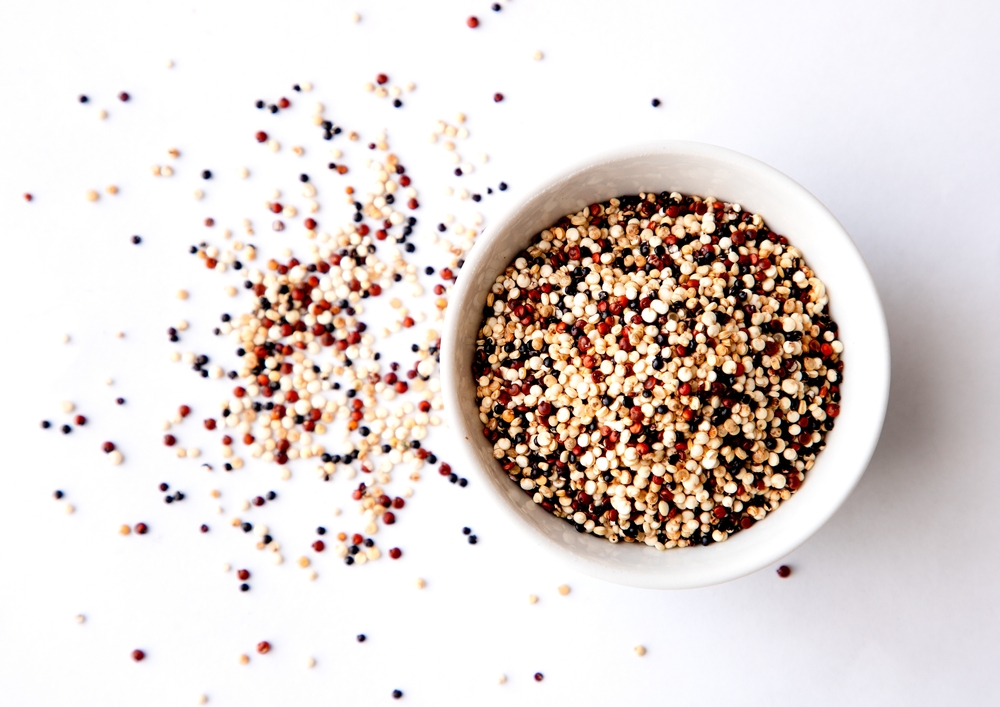
Quinoa, known as the “mother of all grains” by the Incas, has become a modern-day superfood. This ancient grain is revered for its high protein content and unique ability to provide all nine essential amino acids. Quinoa is also packed with antioxidants, fiber, and minerals like iron and magnesium, making it a popular choice for those seeking balanced nutrition. Its nutty flavor and fluffy texture make it ideal for salads, bowls, and even breakfast dishes. The fact that it’s naturally gluten-free has further boosted its popularity in recent years.
Farro
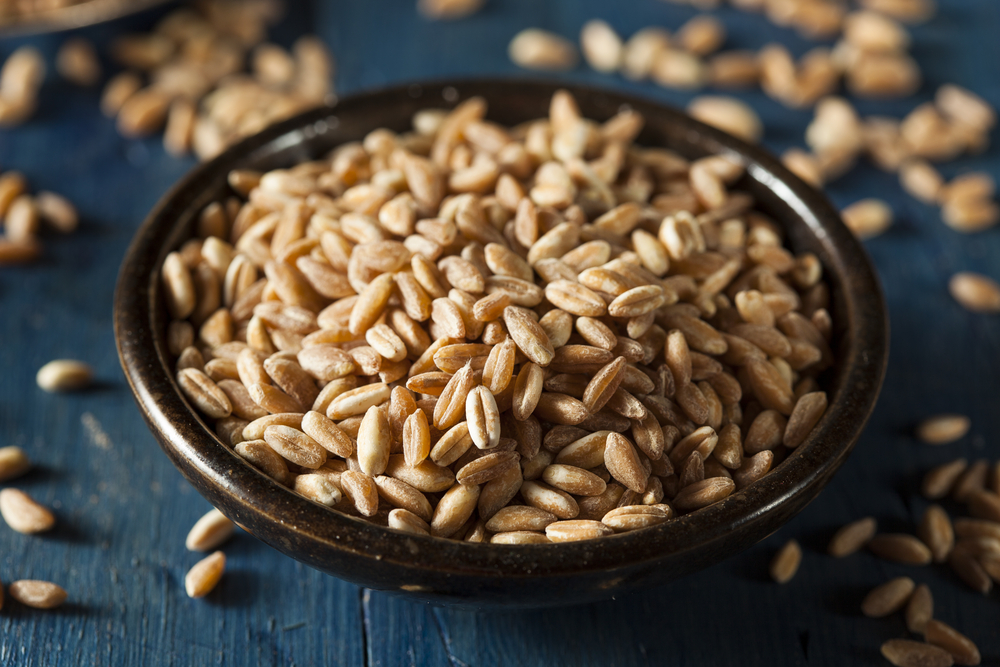
Farro, a staple in the diets of ancient Roman soldiers, is making its way back into modern kitchens. This hearty grain is high in fiber, protein, and essential nutrients like magnesium and zinc. Farro’s chewy texture and nutty flavor make it a great addition to salads, soups, and grain bowls. It’s also less processed than many modern wheat varieties, which preserves more of its natural nutrients. With a lower glycemic index, farro helps maintain stable blood sugar levels, making it an appealing choice for health-conscious consumers.
Millet

Millet, once a staple grain in many ancient civilizations, is regaining popularity due to its high nutrient content. This small, round grain is gluten-free and rich in magnesium, phosphorus, and fiber. Millet is a versatile grain that can be used in porridge, as a side dish, or even ground into flour for gluten-free baking. Its mild, slightly sweet flavor pairs well with both savory and sweet dishes. As more people look for sustainable and nutritious alternatives to modern grains, millet is becoming a go-to option.
Teff
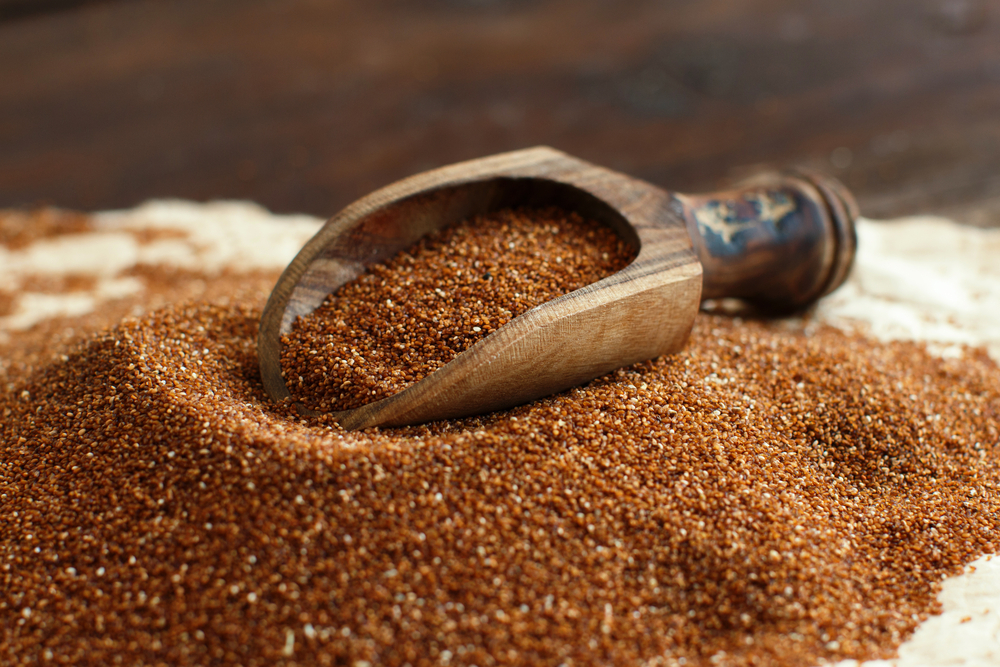
Teff, an ancient grain from Ethiopia, has been a dietary staple for thousands of years. It is incredibly nutrient-dense, offering a good source of protein, fiber, and essential minerals like calcium and iron. Teff is the main ingredient in injera, a traditional Ethiopian flatbread, but it can also be used in porridge, baked goods, and gluten-free products. Its small size and high fiber content make it excellent for digestion and maintaining healthy blood sugar levels. As people seek nutrient-rich, gluten-free grains, teff’s popularity continues to rise.
Spelt
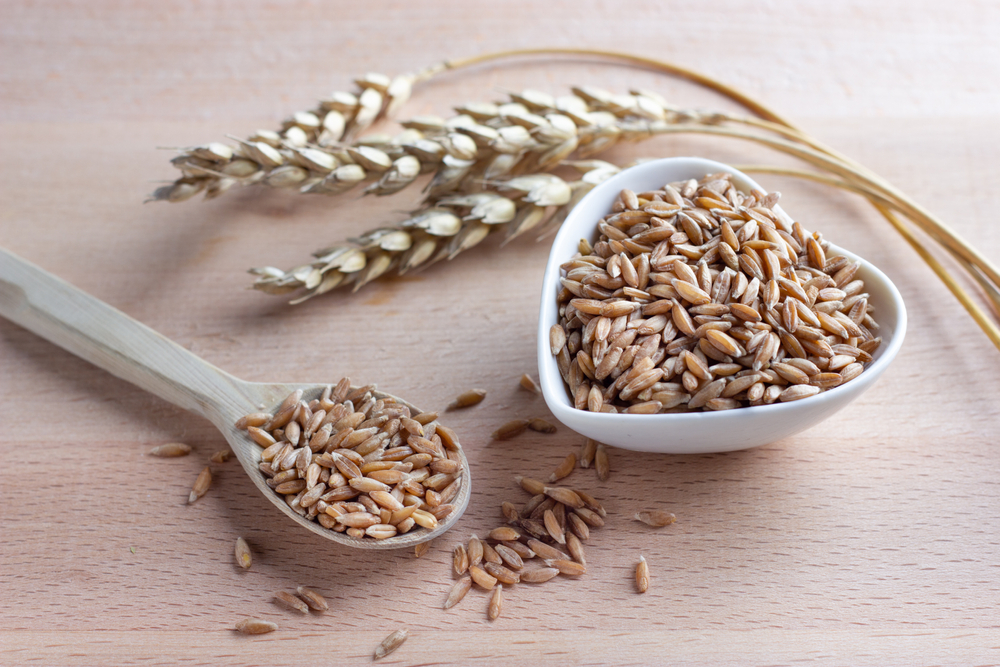
Spelt, one of the oldest cultivated grains, is gaining new attention for its nutritional benefits. It is an ancient form of wheat that contains more protein, fiber, and minerals like zinc and magnesium than modern wheat varieties. Spelt’s nutty flavor and hearty texture make it perfect for bread, pasta, and other baked goods. While it does contain gluten, many find spelt to be easier to digest than conventional wheat. With its rich nutrient profile and versatility, spelt is becoming a favorite among those looking for a wholesome, unprocessed grain.
Kamut
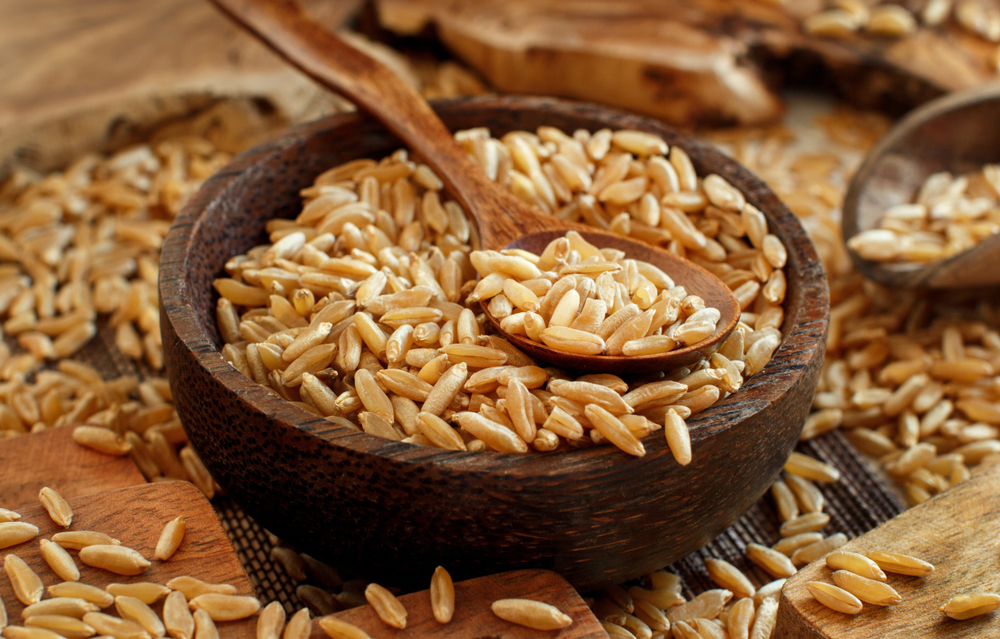
Kamut, also known as Khorasan wheat, is an ancient Egyptian grain that’s being rediscovered for its health benefits. It is rich in protein, fiber, and essential minerals like selenium, magnesium, and zinc. Kamut is known for its slightly sweet, buttery flavor and chewy texture, making it a great addition to salads, soups, and grain bowls. It’s also touted for being easier to digest than modern wheat, despite containing gluten. As more people look for nutrient-dense, less processed grains, kamut is finding a place in modern kitchens.
Freekeh
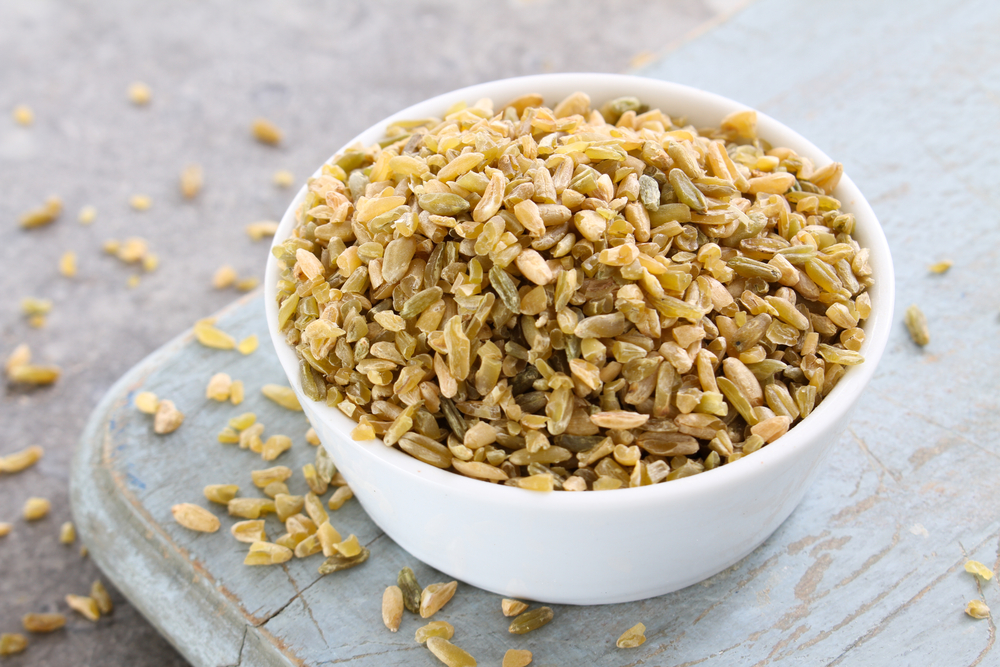
Freekeh is a grain with roots in Middle Eastern cuisine that dates back thousands of years. Made from young, green wheat that is harvested early and roasted, freekeh offers a smoky, nutty flavor that sets it apart from other grains. It’s high in fiber and protein, making it a great choice for those looking to maintain a balanced diet. Freekeh is also known for its ability to keep you feeling fuller for longer, supporting weight management efforts. With its distinct flavor and nutritional profile, it’s becoming a popular grain in modern recipes.
Sorghum
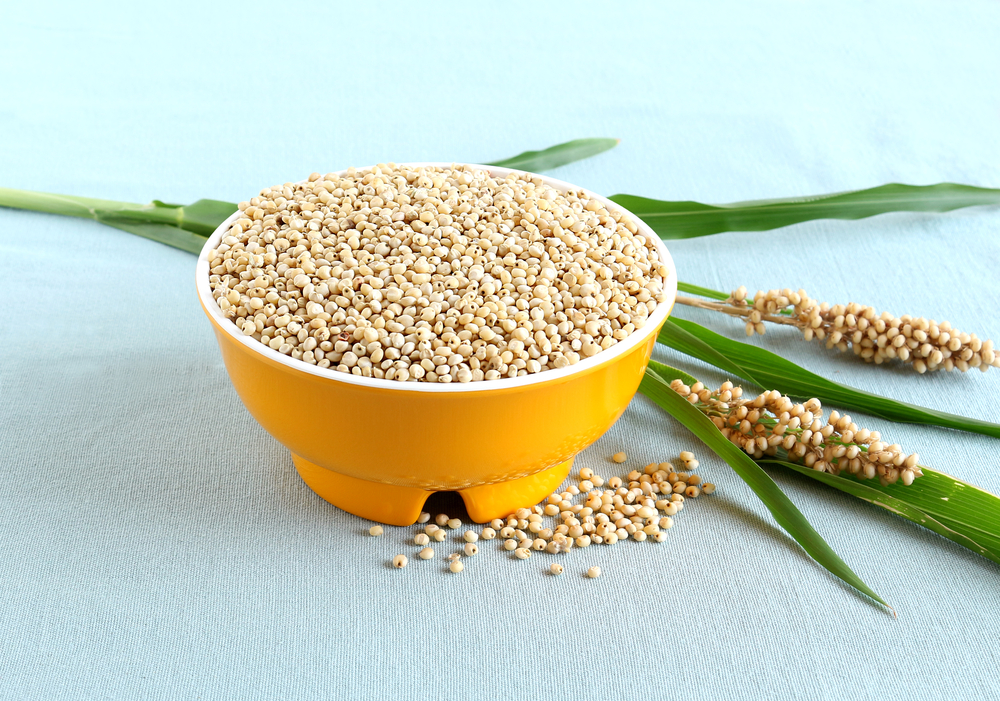
Sorghum is a drought-resistant grain that has been cultivated for thousands of years in Africa and Asia. This ancient grain is packed with fiber, protein, and antioxidants, making it a nutritional powerhouse. Sorghum is gluten-free, making it suitable for people with celiac disease or gluten sensitivities. It can be used in a variety of forms, from whole grains to flour for baking or even popped like popcorn. As a sustainable crop with numerous health benefits, sorghum is becoming a key player in the global shift toward ancient grains.
Barley

Barley is one of the oldest cultivated grains, dating back to ancient Egypt and Mesopotamia. Its high fiber content, particularly in the form of beta-glucans, is known to help lower cholesterol and improve heart health. Barley also contains important vitamins and minerals such as selenium, B vitamins, and magnesium. Its chewy texture and slightly nutty flavor make it a popular choice for soups, stews, and salads. Although barley contains gluten, its rich nutrient profile continues to make it a valuable grain in modern diets.
Einkorn
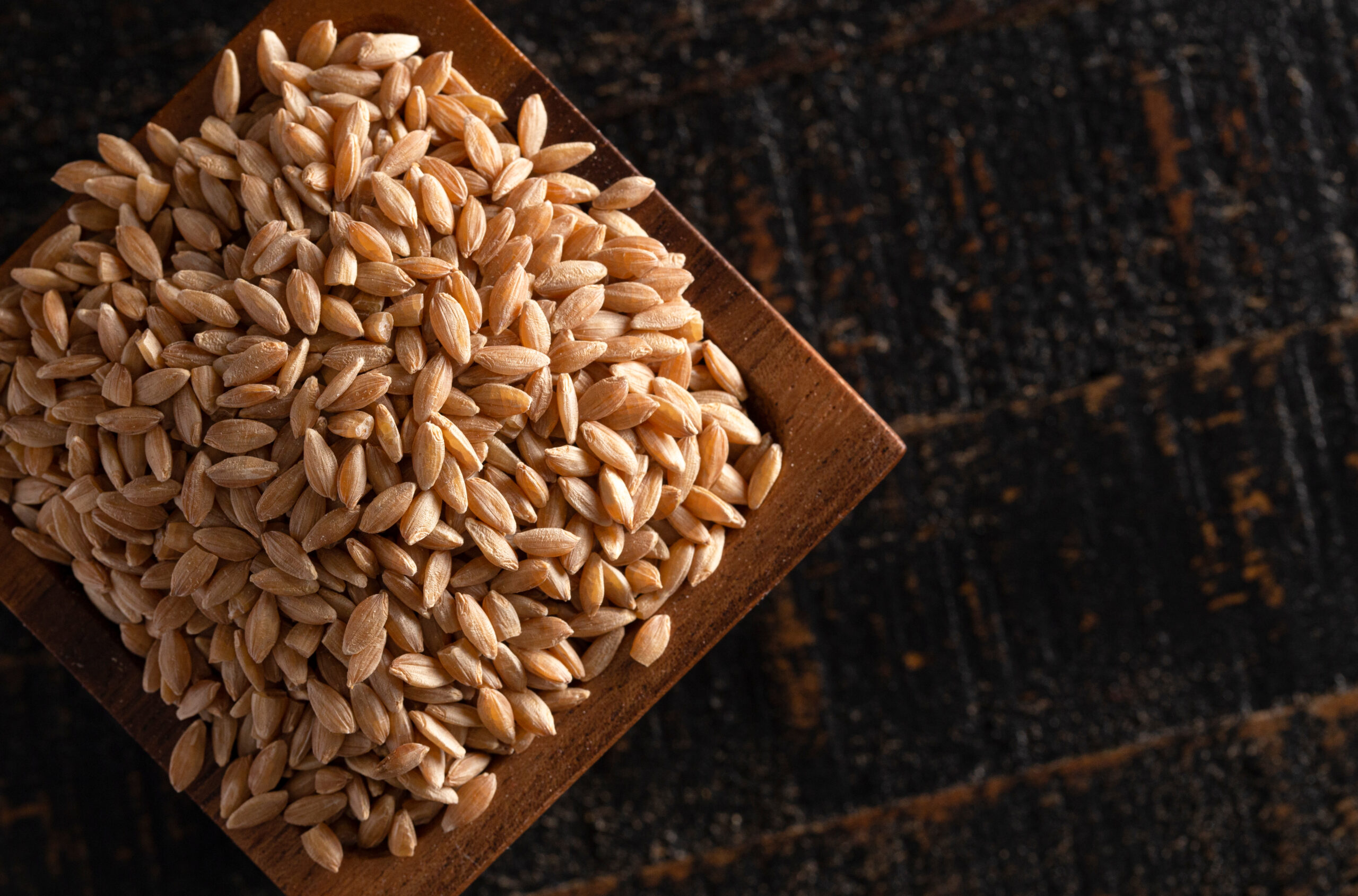
Einkorn, believed to be the first form of cultivated wheat, is experiencing a revival as people seek out ancient grains. It is lower in gluten and richer in nutrients like beta-carotene, lutein, and essential minerals compared to modern wheat varieties. Its unique, sweet, and nutty flavor makes einkorn a standout in baked goods like bread and muffins. Einkorn also boasts a higher protein and lower glycemic index than regular wheat, making it a healthier option for those watching their blood sugar. Its growing popularity is fueled by a desire for less processed, more nutritious grains.
Chia Seeds
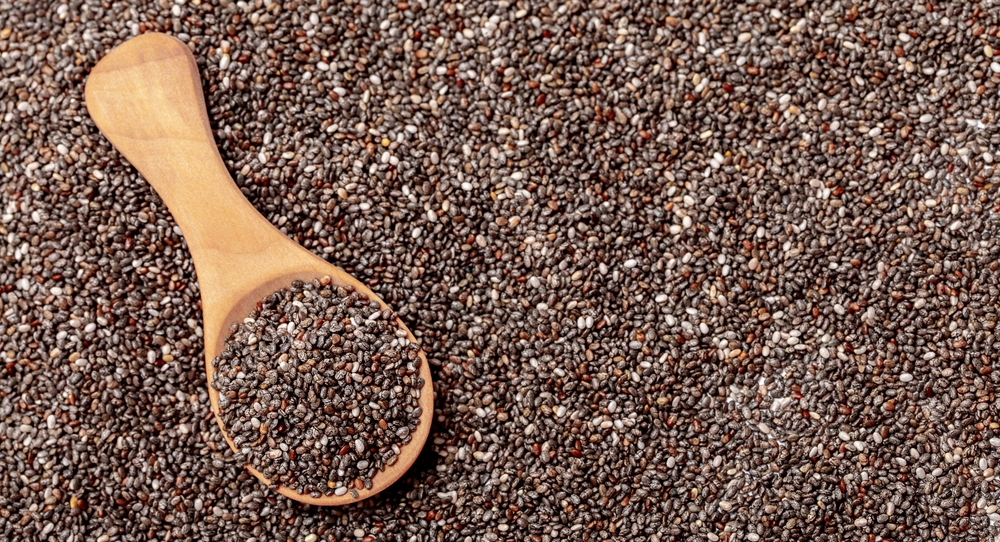
Chia seeds may not technically be a grain, but they are often included in discussions of ancient grains due to their incredible nutritional value and ancient origins. These tiny seeds are packed with omega-3 fatty acids, fiber, and protein, making them a powerful superfood. Chia seeds were once a staple in the diets of the Mayans and Aztecs, prized for their energy-boosting properties. Today, they’re used in smoothies, puddings, and baked goods to add a nutritious punch. Their ability to absorb liquid and form a gel-like texture makes them a versatile ingredient in modern recipes.
Emmer
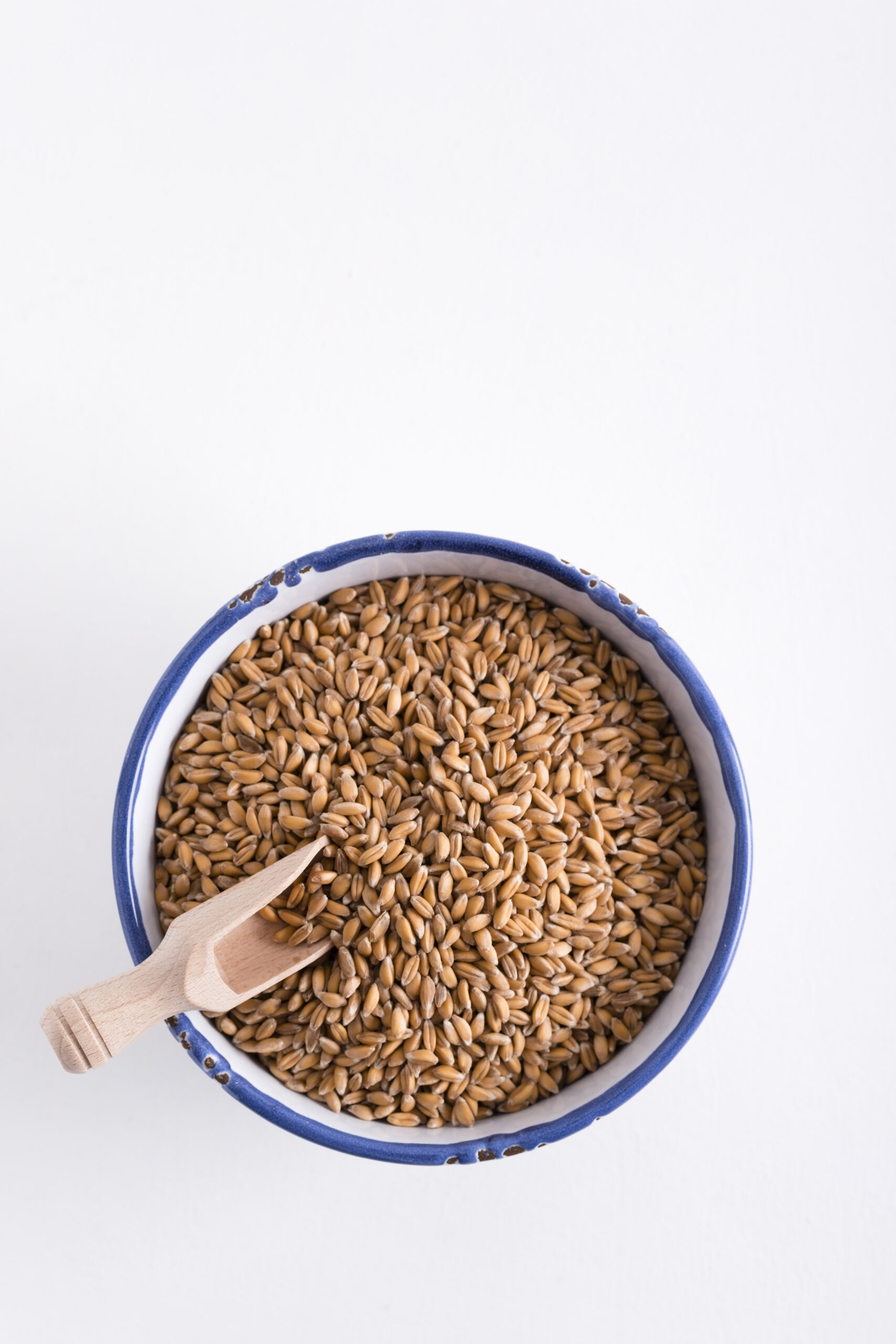
Emmer, also known as farro medio, is another ancient grain making its way into modern kitchens. It is rich in fiber, protein, and minerals like magnesium, making it a wholesome addition to meals. Emmer’s hearty texture and nutty flavor are ideal for soups, salads, and pilafs. It has a lower gluten content than modern wheat, which can make it easier to digest for some people. As more people seek out grains with higher nutrient content and fewer allergens, emmer is gaining popularity as a healthy, ancient alternative.
Rye
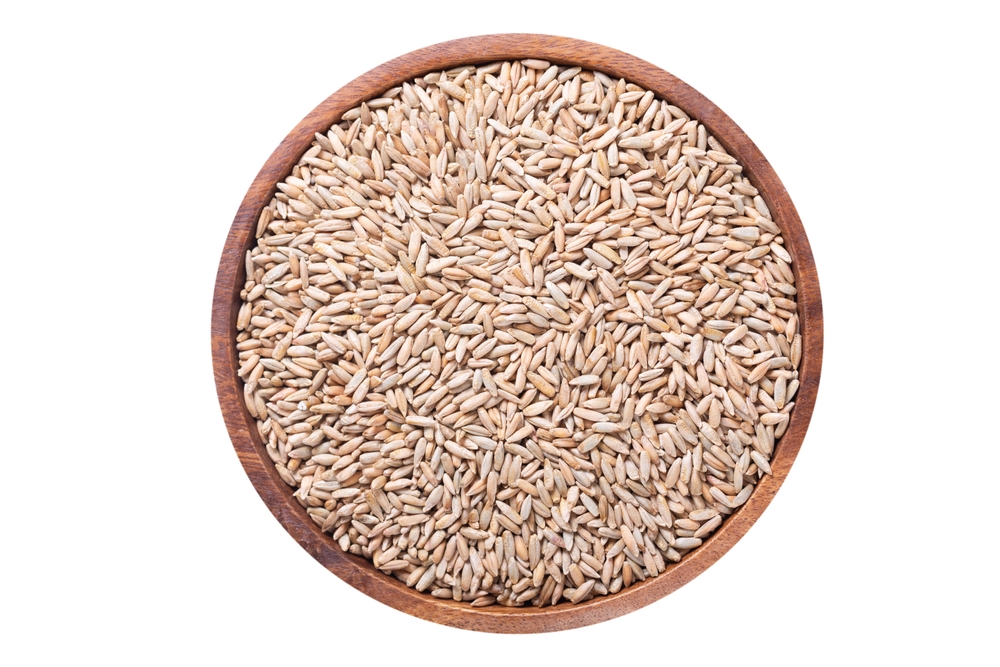
Rye, a staple in ancient Europe, is making a comeback as a health-conscious grain. It is known for its dense nutritional content, including fiber, vitamins, and minerals like phosphorus and magnesium. Rye has a distinctive flavor, often described as earthy or slightly sour, making it perfect for hearty breads like pumpernickel. Its high fiber content helps with digestion and promotes heart health by reducing cholesterol. Although it contains gluten, rye is often seen as a more nutritious alternative to modern wheat, adding variety to grain-based diets.
Buckwheat

Despite its name, buckwheat is not related to wheat and is naturally gluten-free. It has been used for centuries in many cultures, particularly in Eastern Europe and Asia, where it’s used to make dishes like soba noodles and kasha. Buckwheat is packed with nutrients like protein, fiber, and antioxidants, making it a powerful grain substitute. Its unique, slightly bitter flavor pairs well with both sweet and savory dishes. As more people look for nutrient-dense, gluten-free options, buckwheat has become a popular choice in everything from pancakes to porridges.
This article originally appeared on RetailShout.
More From RetailShout
17 Vegan Desserts That Will Satisfy Your Sweet Tooth

Craving something sweet but sticking to a vegan diet? You’re in luck! Vegan desserts are more decadent and diverse than ever before, offering a guilt-free way to indulge your sweet tooth. Read More.
15 Best Vegetables to Grow in Your Backyard
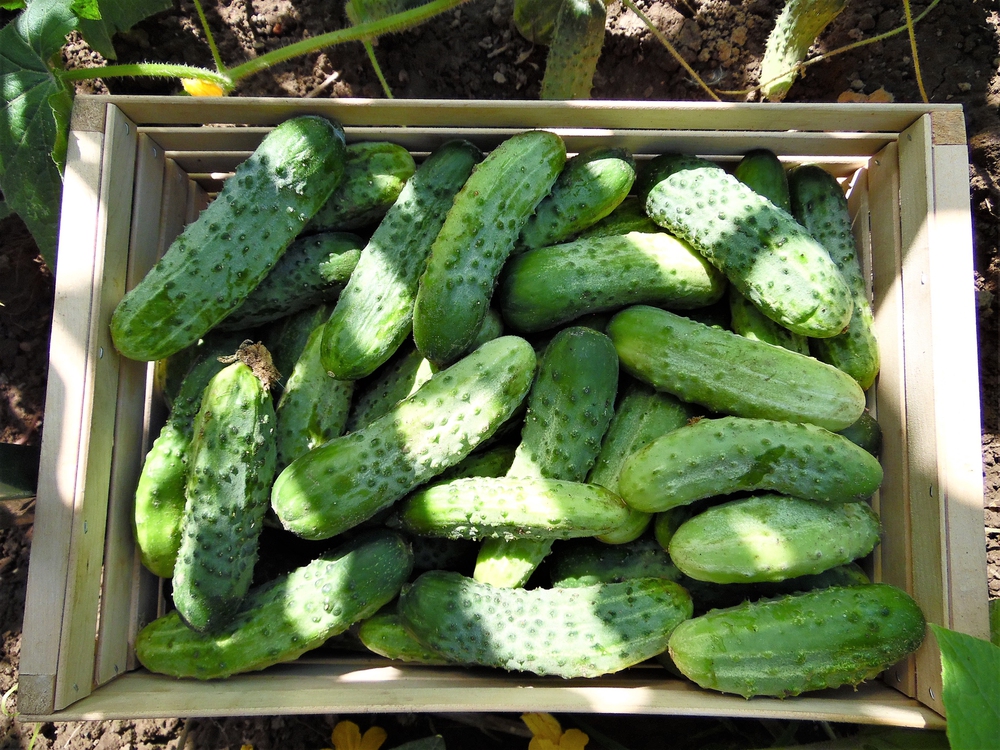
Growing your own vegetables is not only a rewarding hobby but also a great way to ensure you have fresh, organic produce at your fingertips. Whether you have a large garden or a small backyard space, choosing the right vegetables can make all the difference. Read More.
26 Perfect Road Trip Snacks to Pack for Your Journey
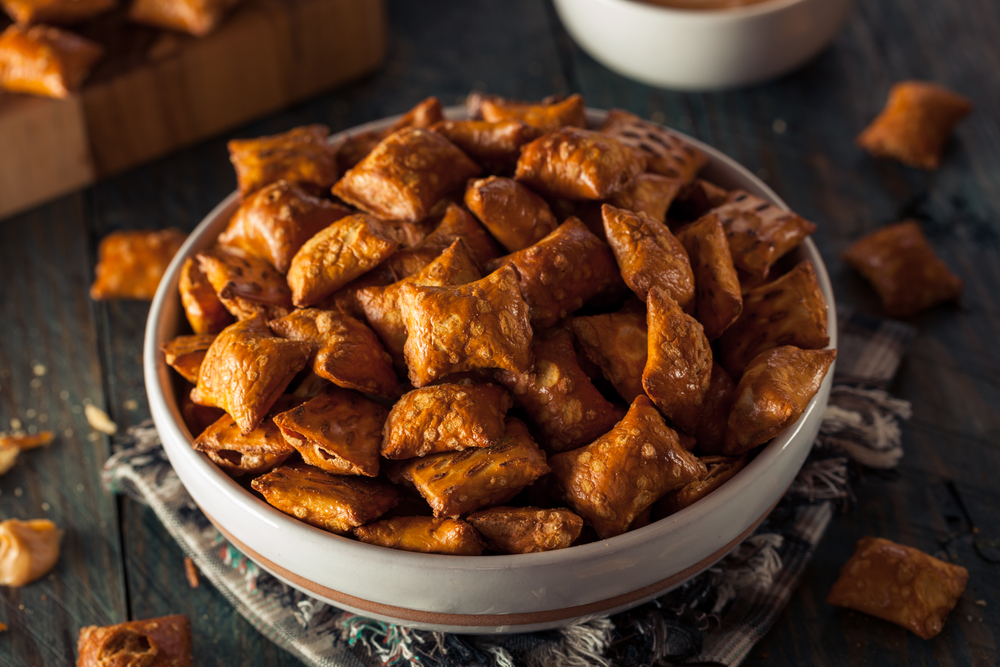
Hitting the open road is one of the best ways to explore new places and enjoy some adventure. But let’s be real, road trips aren’t complete without some tasty snacks to keep you going. Read More.

